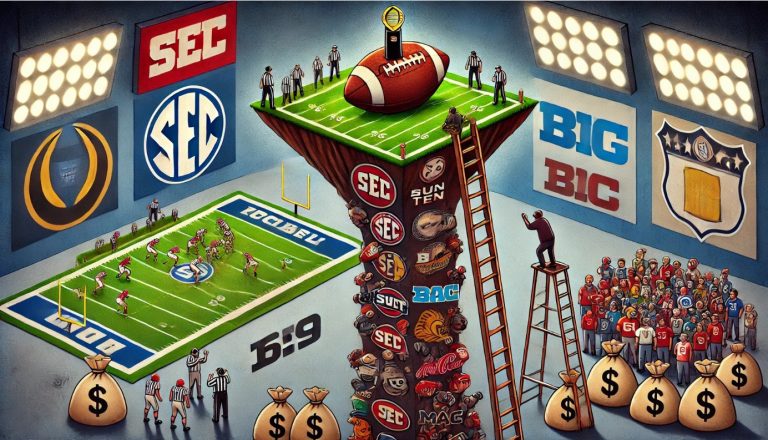
By Larry Billinger
Growing up in Kansas, my experiences with food were as vast as the plains of the Midwest. However, one particular dish has always stood out, not for its appeal, but rather the opposite: ham and beans with cornbread. This dish was a staple at our family table, often a reason to have a special meal with visitors.
I developed a strong aversion to ham and beans from a very young age. Those dinner nights were a challenge, sitting at the table, tears in my eyes, as I faced the dreaded dish. It’s curious, really, because, individually, I have no issues with ham or beans. It’s just their combination in a soup that never sat well with me. And let’s not forget the cornbread – a dish equally distressing for its dry, grainy texture.
Despite my personal distaste, I recognize that ham and beans with cornbread hold a special place in many hearts. In my family, this dish was a cause for excitement, a reason to gather. It’s a testament to how food can bring people together, even those of us who might not share the same enthusiasm for the menu.
The origins of ham and beans, and cornbread are deeply rooted in American history, tracing back to colonial times and the cultural practices of Native Americans and African cultures. This humble meal, which started as a necessity, has become a symbol of comfort for many. It’s fascinating how these dishes have been woven into our lives’ fabric, carrying stories and traditions from generation to generation.
What intrigues me is the journey of this dish into my family’s culinary repertoire. As Volga Germans, I wonder how ham and beans became intertwined with our own traditional dishes after migrating to America. Food, after all, is a narrative of migration, adaptation, and cultural blending.
Despite numerous attempts and variations, my opinion on ham and beans with cornbread has remained unchanged. I’ve been told repeatedly that I just haven’t had the right version yet. But each experience ends with the same conclusion: this is not a dish for me. I respect its place in culinary history and its role in bringing joy to others, but for me, it’s a chapter best left unexplored.
My advice to anyone hesitant to try ham and beans, or any dish for that matter, is simple: be true to your tastes. Just as I relish pineapple on my pizza and enjoy unique dishes like pig brains, remember that food preferences are deeply personal. Embrace them, and don’t let others sway your palate.


